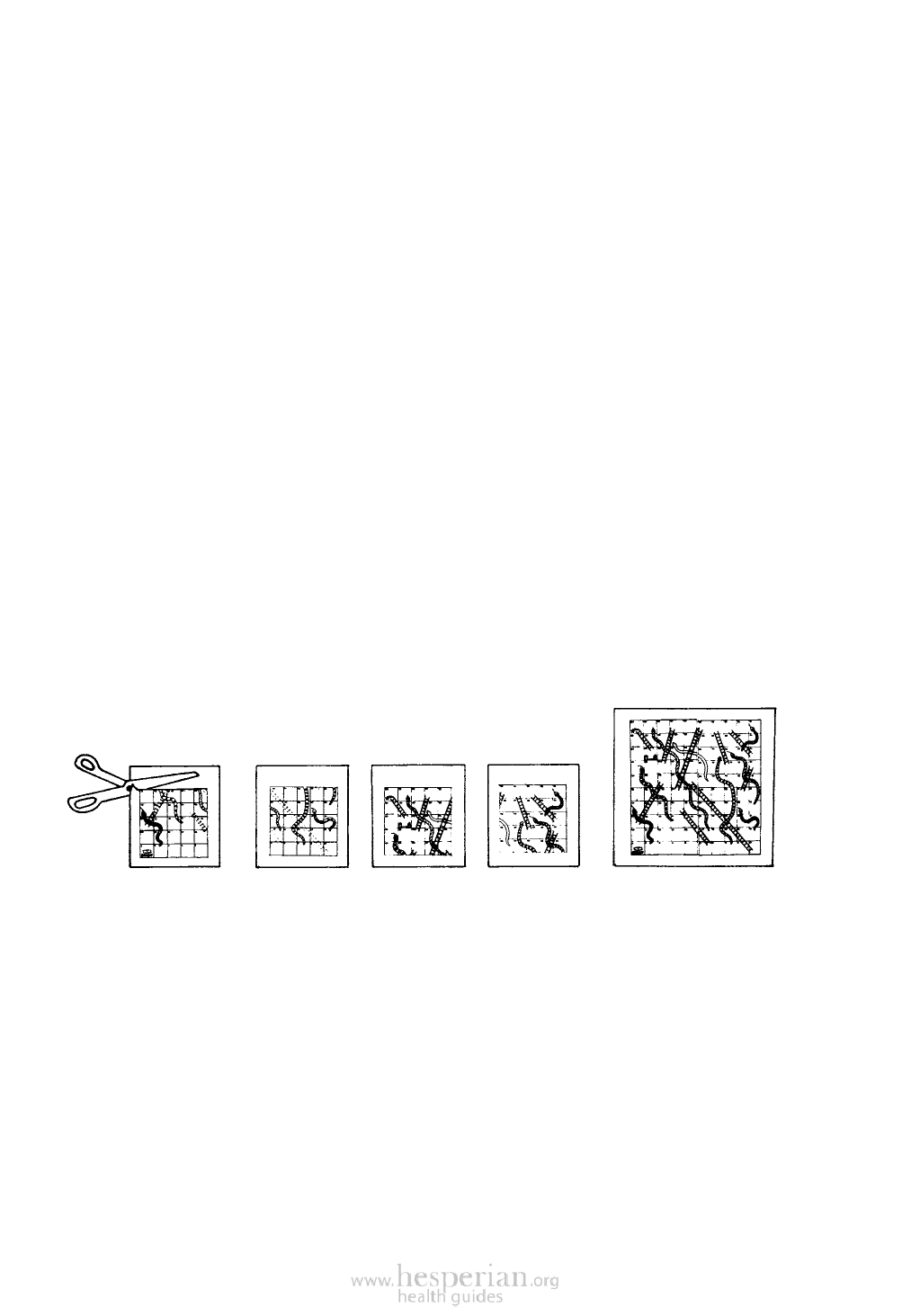
11-28
“Snakes and Ladders” and similar games generally have two big weaknesses as
teaching aids:
1. The messages are given to the players. The players land on the squares and
read the messages, but they do not need to think or solve anything for themselves.
It is doubtful whether such pre-packaged messages will be effective unless people
discuss them and relate them to their own lives during and after the game.
2. The game is primarily one of luck or chance. Apart from the written
messages, the game carries the unwritten message that the health of a child is
determined by lucky or unlucky rolls of the dice. Although the game is intended
to help people learn what they themselves can do to protect their children’s
health, there is a danger that it may reinforce people’s sense of ‘fatalism’. It may
make them feel that their children’s health is also a matter of luck or fortune,
outside their control.
There is one way to get around these weaknesses of the game, at least in part.
Involve student health workers in creating the game. You might start by
having them play the game from Liberia. Then together analyze its weaknesses
(for example, the attitude of blaming the victim in the statement, “A lazy
family stays poor.”). Invite the students to re-make the game, adapting it to
conditions in their own villages. See if they can think of messages that point
out both physical and social causes of ill health, and that help build people’s self-
confidence to improve their situation.
To make preparation of the game easier, you can give each health worker printed
sheets with the squares, snakes, and ladders already filled in, but without the
messages and pictures. The students can add these for themselves.
To make a large game board, students can glue 4 photocopied
sheets onto a large piece of cardboard.
By making their own games and choosing messages appropriate for their
communities, the health workers become actively involved in thinking about local
problems. The health workers can, in turn, use a similar approach with groups of
parents and children in their villages. (Children can color in the snakes.) If people
take part in creating the games they play, they will be more likely to continue to
discuss the messages they themselves have decided upon. The game becomes
less one of luck, and more one of thought, purpose, and action.
Other games similar to “Snakes and Ladders” (but more like “Monopoly”) can
get people involved in role playing. Again, dice are thrown and players advance
on a board with many squares. But the game focuses more on cultural, economic,
and political factors that affect health, and players act out the roles of poor workers,
landholders, shopkeepers, village officials, and so on. An example of such a game
is “Hacienda,” available from the Publications Department, Center for International
Education, 285 Hills South, University of Massachusetts, Amherst, Massachusetts
01003, USA. www.umass.edu/cie, cie@educ.umass.edu